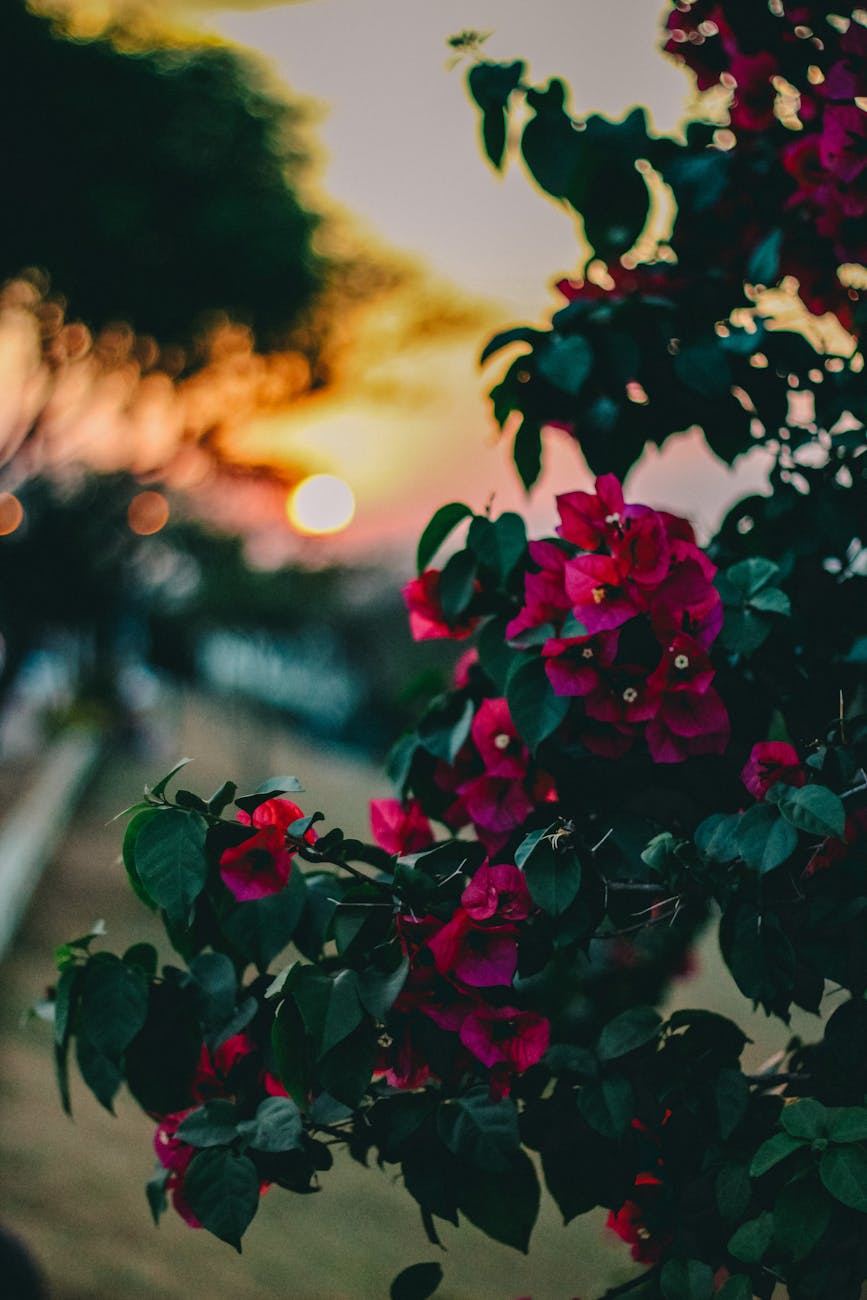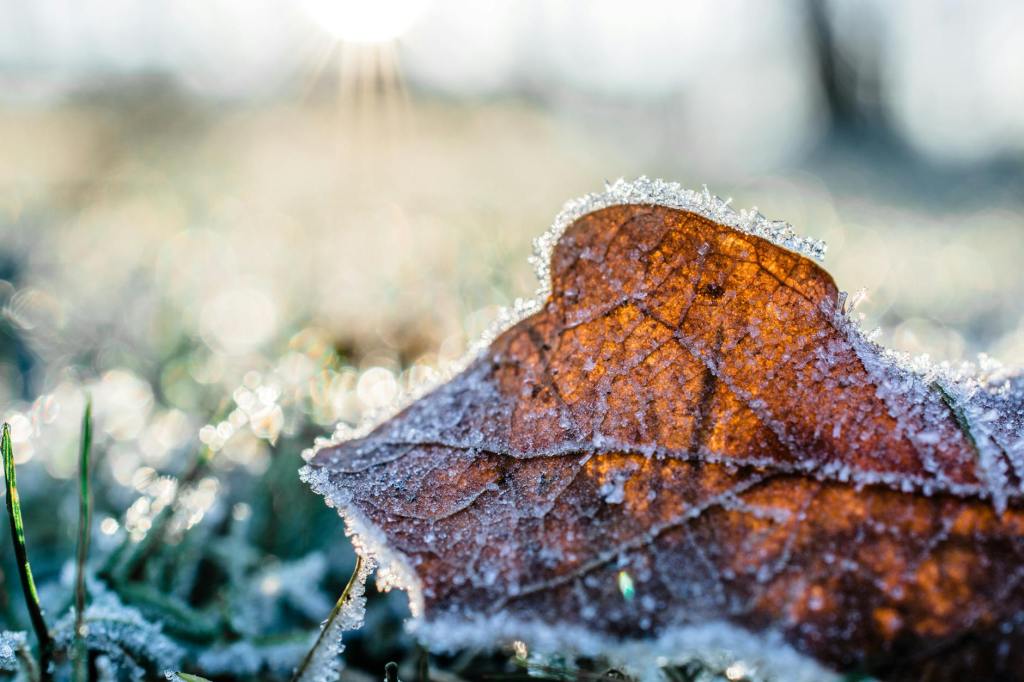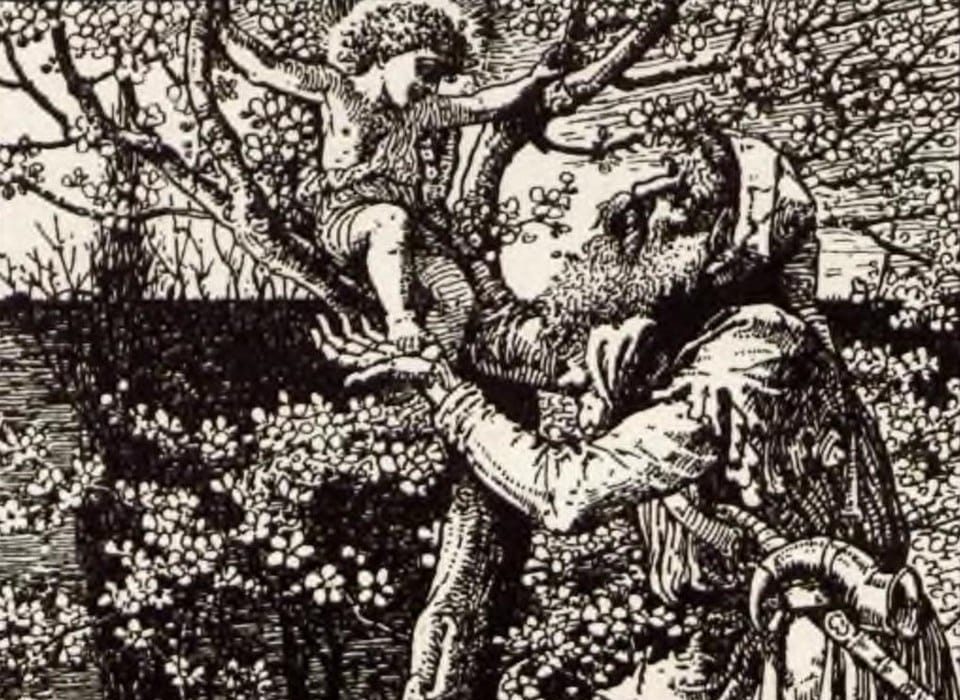Hilda Doolittle, also known as H.D., was a writer and poet active between 1911-1961. Known for her modernist writing, she contributed a great deal of thoughtful and artistic writings in her time. Her writings include the poem “Evening,” which I have presented below. You can find more information about her here.
In her poem, “Evening,” H.D. creates an image of flower and falling shadow to symbolize uncontrollable elements. H.D. had a great sense of the metaphysical and the symbolic, as in her poem “Oread.” Here, she continues that trend by offering us a beautiful metaphor in evening passing over flowers.
“Evening” by H. D.
The light passes
from ridge to ridge,
from flower to flower—
the hepaticas, wide-spread
under the light
grow faint—
the petals reach inward,
the blue tips bend
toward the bluer heart
and the flowers are lost.
The cornel-buds are still white,
but shadows dart
from the cornel-roots—
black creeps from root to root,
each leaf
cuts another leaf on the grass,
shadow seeks shadow,
then both leaf
and leaf-shadow are lost.
Analysis
In my own interpretation, H.D. discusses the dynamics of shadow and beauty. Metaphorically, the poem speaks to the way nature moves on ceaselessly even in the face of loveliness. H.D. states: “the blue tips bend / toward the bluer heart / and the flowers are lost.” These lines indicate that the delicate flower–beautiful in its construction–relents in the face of darkness. The reader can see this as a reflection of life. Shadow comes for us all.
In the second stanza, H.D. writes that while this beauty remains, the “shadows dart” over the flower, from root to leaf. More specifically, these lines from the poem highlight a somber tone. The shadow is all consuming. She writes that “shadow seeks shadow, / then both leaf / and leaf-shadow are lost.” Together, darkness overtakes the beauty of the flower and it is gone.
In many ways, readers can read “Evening” as a metaphor for the human experience. While it begins in light and beauty, the end is shadow. Humans are startled by the mystery of shadows and darkness. Furthermore, the beauty of the flower, the colors, the tone, suggests that there is a great reverence in life. Yet, when the shadow moves over all living things, from root to leaf, the end is nigh and unavoidable.





Leave a comment